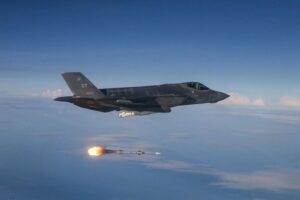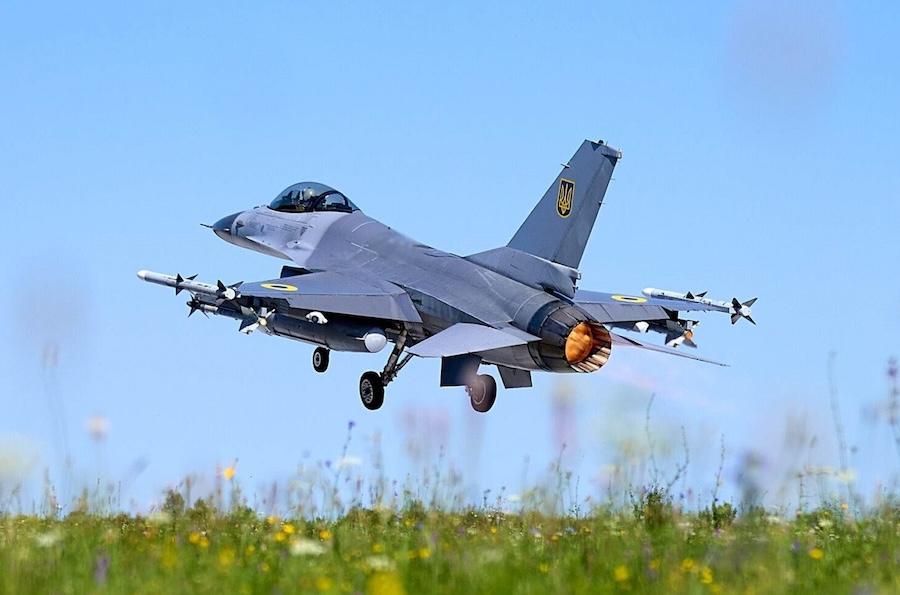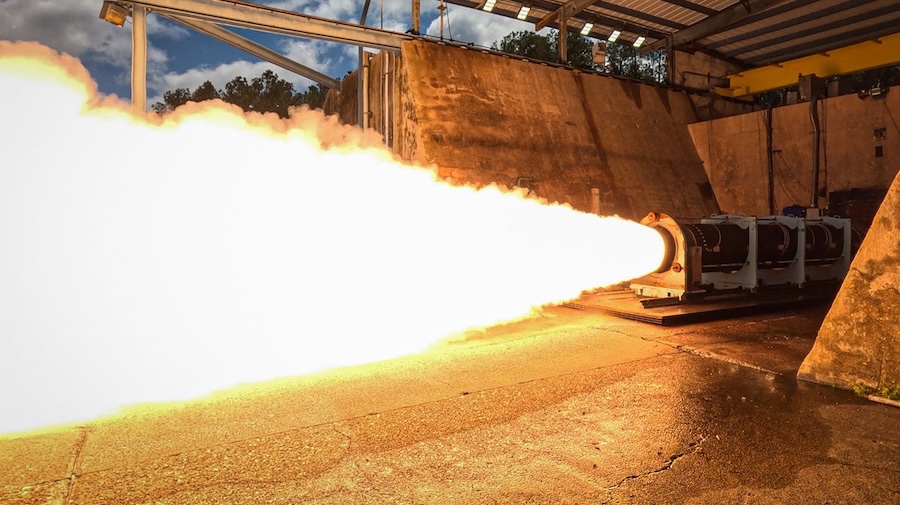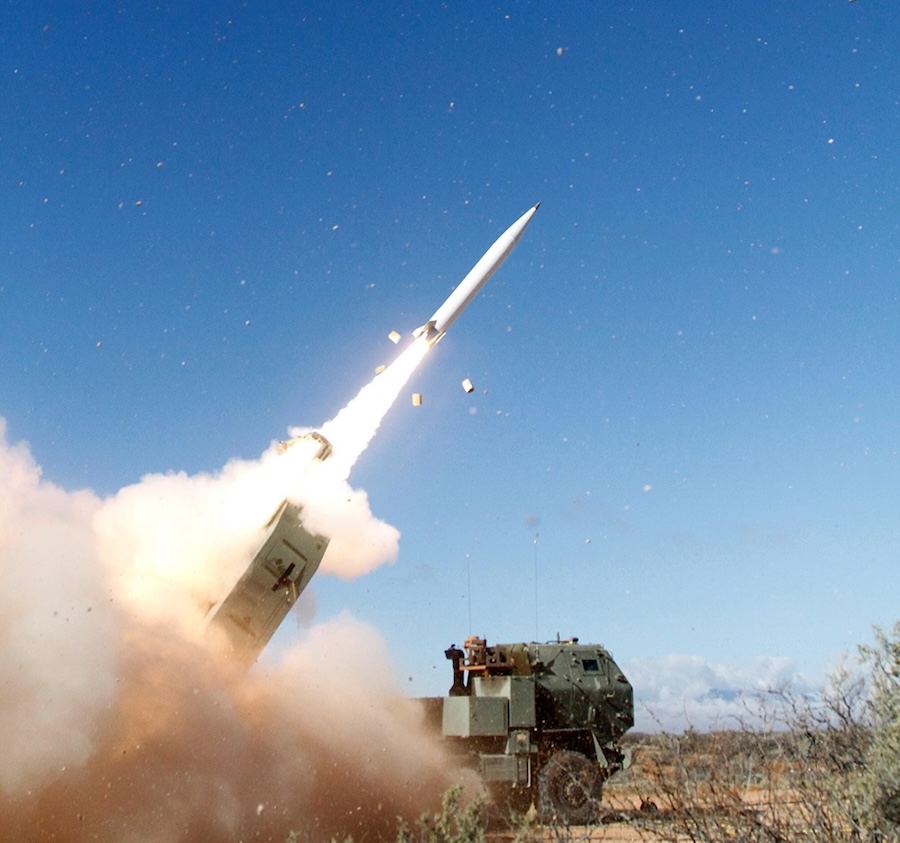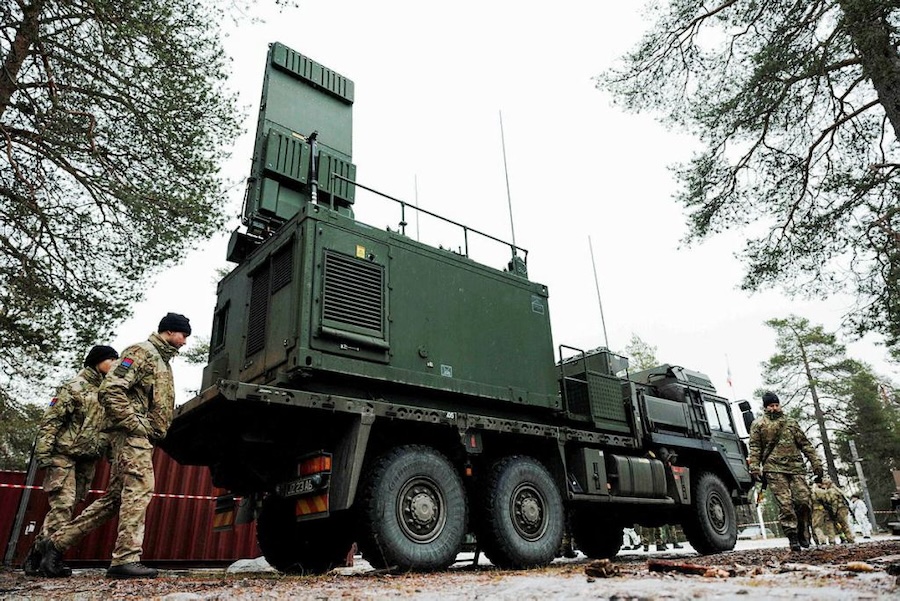The rendering confirms that the AIM-260A shares a similar fuselage design with the AIM-120 but features a noticeably larger rocket motor. This design suggests an extended operational range, potentially surpassing the capabilities of the current AIM-120D AMRAAM.
A striking detail in the rendering is the absence of mid-body control surfaces, a feature commonly seen in air-to-air missiles. This raises questions about the missile’s aerodynamic stability and maneuverability, though specific technical details remain undisclosed.
Flight tests for the AIM-260A JATM reportedly began in 2020, with successful trials conducted against airborne targets, including the QF-16 drone. These tests indicate steady progress towards deployment, though the overall development remains shrouded in secrecy.
Being developed by Lockheed Martin, the AIM-260A is believed to be a direct response to China’s growing missile arsenal. In particular, it is thought to counter the PL-17, a beyond-visual-range missile in service with the People’s Liberation Army Air Force.
Despite its classified nature, the missile is expected to equip fifth-generation multirole fighter jets such as the F-22 Raptor and the F-35 Lightning II. A key design challenge is ensuring the missile remains compact enough to be carried within these aircraft’s internal weapons bays.
The AIM-260A JATM is one of two major U.S. missile development programmes aimed at enhancing air combat capabilities. The other, the AIM-174A missile, has already entered service and is currently deployed on F/A-18E/F Super Hornet aircraft.
While the AIM-260A was initially scheduled for production in 2023, its current status remains undisclosed. The latest rendering suggests continued progress, but details regarding mass production and operational deployment have yet to be officially confirmed.







